There are numerous NASA inventions that have enhanced our lives on Earth. In fact, there are so many different companies and products introduced into the public market that NASA publishes a journal called the NASA Spinoff report. It explains in further detail of what space exploration problem they were trying to solve, what was created as a result, and then its final transformation into the commercial market.
One final remark before we head into each invention is that even though NASA only highlights their top 50 inventions there are over 1,600 new technologies created every year as a result of the space program.
Treating Depression through a Virtual Therapist
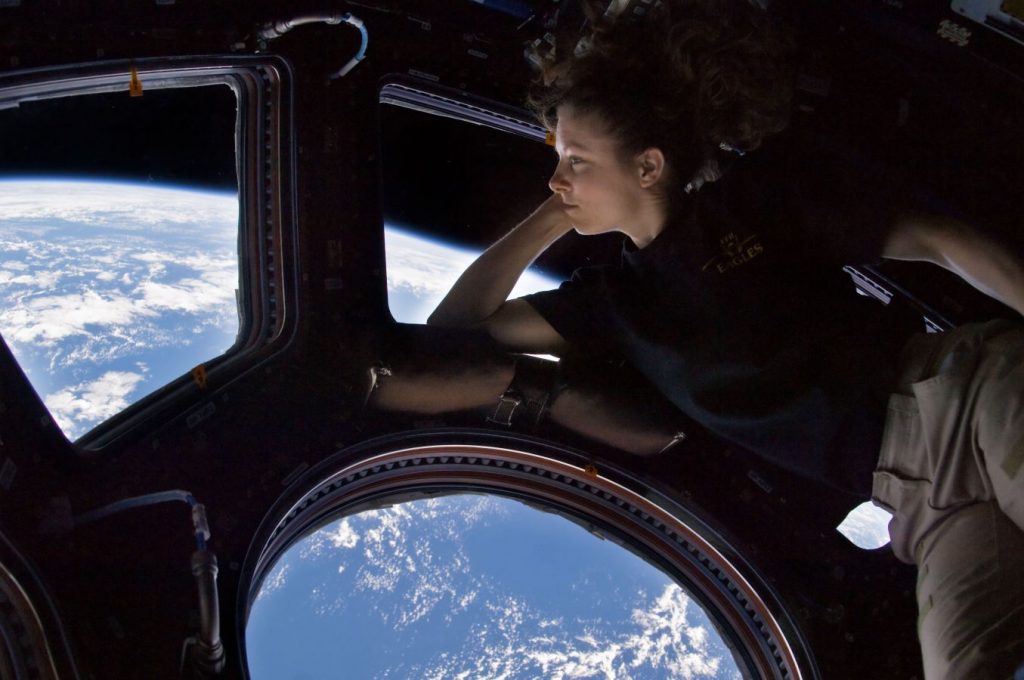
Credit: CSA
One of the biggest issues when living in space is the number of resources available to you. We aren’t just talking about food or water, but even doctors and therapists.
Living in space can be exciting, fun, and even inspiring. However, there is a different side to it. It’s the mental side. Imagine being in a confined space with 3 other people and having trouble dealing with missing your family or feeling anxious or even starting to feel depressed. You can’t just walk out and go to a therapist or doctor and sometimes your crew isn’t going to be well-equipped to help you while making sure everything is running well. Things start to get tough.
NASA understood this problem very well and they’ve tried software that would walk you through your problem and help solve it. This solution was great because it could help treat your problem without adding any more weight to the load.
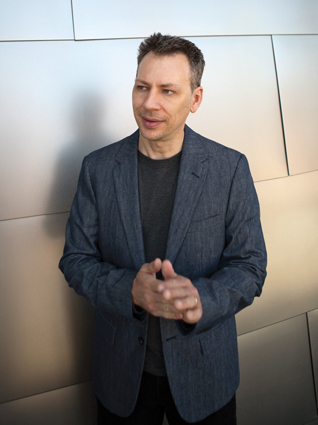
James Cartreine the pioneer of the Virtual Space Station (VSS).
Nevertheless, that solution only went so far. It was missing the human interaction and response aspect which makes people feel like they’re being listened to as well as feel cared for. NASA teamed up with psychiatrist James Cartreine who has a great track record of addressing mental health issues through software. Cartreine received grants from the National Space Biomedical Research Institute (NSBRI) and created the Virtual Space Station (VSS).
The Virtual Space Station is a program that has various modules to help you through different scenarios. One scenario could be that a crew member made an error during a mission but was still able to complete the mission. It’s not identified as a critical issue but protocol suggests that you report it back to ground control. Your crew member is telling you not to. What would you do? The VSS would give you various options and then through video explain how each situation would play out depending on which option you chose.
The VSS also included a virtual therapist that would ask questions to understand what problem you were dealing with. The treatment is often brief and lasts 6 sessions. It focused on post-traumatic stress and depression. When they conducted trials to see how effective the 6 sessions were it turns out that it worked for most people.
The story doesn’t quite end there. Cartreine worked on this project for 13 years. He understood that not only could this program treat astronauts but even firefighters, Antarctic researchers, and underwater researchers. Furthermore, there are more than 300 million people around the world who suffer from depression. NASA’s and Cartreine’s work could help all those people by providing a low-cost solution that even people living on the poverty line could afford.
Cartreine created ePST or electronic problem-solving treatment. This is a module that was directly transferred from the VSS to the consumer-facing side. Only time will tell the breakthroughs to come from technology like this or even help inspire others to work on a project like this. A great example of how space can even help you right in your own home.
How Making Spectrometers Compact led to Clues to Diagnose Cancer
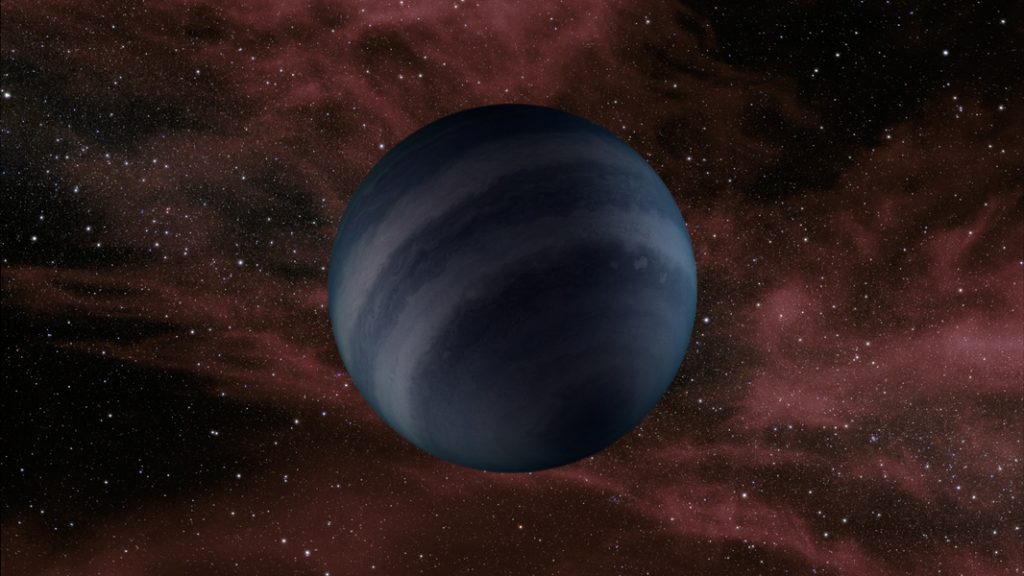
Discovering exoplanets has exploded in the last decade. However, early on it was tough to discover these exoplanets or planets that exist outside of our solar system. Astronomers would try and identify exoplanets by observing a star and seeing if it wobbles to indicate that a planet’s gravitational pull was tugging on it. Nevertheless, it wasn’t the easiest or the best method.
Enter a man named Arsen Hajian. Since graduate school, he has been working on projects in conjunction with NASA for their Observational Cosmology Lab. He would get funding not only from NASA but from the Navy and corporations. Arsen would build them better spectrometers each time.
The problem with spectrometers, or an instrument that can measure a physical thing and extract information like the spectrum of visible light, is they were either small and low resolution or big and high resolution. And if you’re NASA or someone interested in building a telescope to observe exoplanets you have to get the instrument to be as small as possible to launch it into space with high success.
As it turns out, Arsen finally figured out how to get a spectrometer that was small but produced high-resolution images. He started his company in 2015 and went on to make more of these. In 2017 he created two spectrometers that would be used for detecting drugs and explosives at a short distance and another for detecting skin cancer. In fact, it would also mean we wouldn’t need a biopsy or at least reduce the amount of them.
What’s also really cool is Aresen is working on how to do a blood test by just looking at the blood underneath the skin vs. extracting blood physically.
Finally, from a space exploration perspective, Arsen is placing a spectrometer on a high altitude balloon which can search for exoplanets as well as the composition of the atmosphere.
As you can start to see Arsen and his team are working on some amazing things and it all started by trying to improve the spectrometer. The future is bright.
Gold Coated Oscars or Actually Another NASA Invention
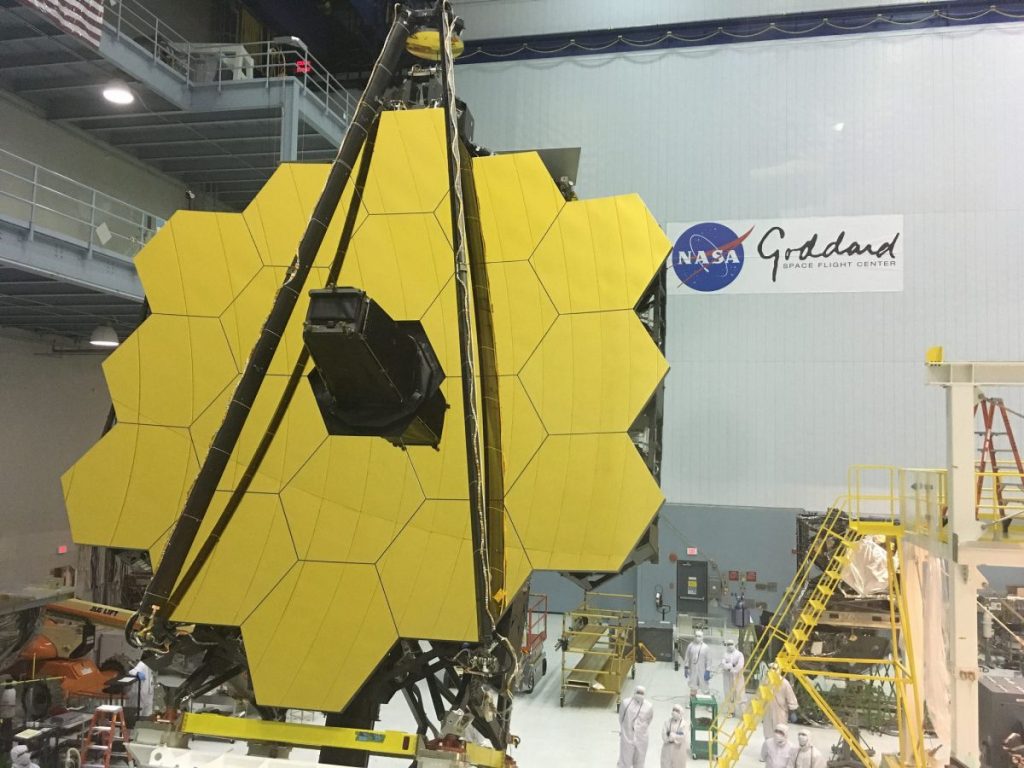
NASA’s future flagship space telescope James Webb Space Telescope is coated in gold. It helps reflect sunlight, making capturing images much easier, as well as keeping the instrument cooler. Credit: NASA
This may be one of the most public-facing innovations that most people don’t even realize. NASA uses gold plating and coating to help their telescopes reflect heat and sunlight in space. The interesting part is the Oscars approached NASA to use the same technology on their awards! So why are the Oscars going to NASA for such a task? Well, let’s jump into what problem NASA was trying to solve in space and then the backstory on how the Oscars became a client of this new innovation.
NASA launches many satellites and space telescopes. The problem with space is that it’s a difficult place to survive in, even for telescopes. One of the problems it the amount of heat generated from the Sun that can cause the instruments on board to malfunction from heat exhaust. The other part is when measuring galaxies far away gold is amazing at reflecting infrared wavelengths. Also, gold doesn’t oxidize over time like other metals such as iron or aluminum. What we mean by “oxidize” is that it won’t tarnish over time. You may notice this on your metal chairs and the colors start to change. Gold does not have that problem which makes it a lot more reliable.
Now that we have an idea of why we’d pick gold as the material for space exploration let’s dig in deeper into the actual innovation.
The Problem
One of the best ways to cover a surface with gold is called a vapor deposit. It’s when gold is heated up in a vacuum until it turns into gas. From that point, it then condenses into a thin layer across the surface. However, the problem is that the gold loses its reflective property during the process. This means the gold would retain the heat instead of reflecting it. Furthermore, if you tried to bend the material with the gold coating on it that gold flakes would fling out as a result. This would be even more problematic in space.
The Solution
Enter NASA partner Epner Technology, a family run, and owned business out of Brooklyn, NY. They answered NASA’s call and told them that their gold plating would not flake off like they’ve been seeing. Of course, NASA needed to prove this out so they put Epner Technology to the test and experimented with the gold coating to see if it would flake off at different temperatures. How were they able to pull it off? Well, they innovated and used a technique called LaserGold which coats the surface with gold via lasers. It’s been so wildly successful that Epner Technology has been gold plating NASA’s instruments since the 1970’s! This also led them to work with the Oscars and ensuring their gold coating would not flake or need to be re-applied. They actually give a lifetime guarantee which made it incredibly attractive and cost-effective for the Oscars.
Arguably One of the Most Used NASA Inventions Ever…the CMOS Sensor
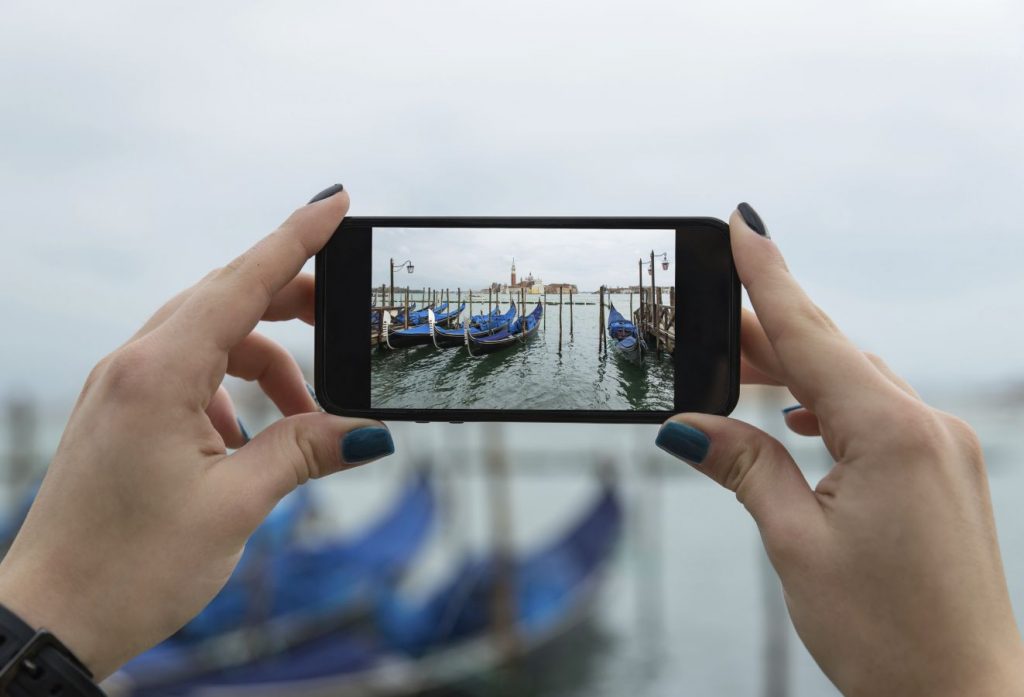
Here’s a big one that we literally use every day and is used in every smartphone, GoPro, digital cameras etc. It’s the innovation on a camera sensor. The big invention is called Complementary Metal Oxide Semiconductor or more commonly known as a CMOS sensor. The man who invented this is Eric Fossum. Here’s how he changed the world.
Eric was told that this project was not worth trying to figure out as many have tried since the 1960’s. However, Eric was determined to solve this problem. The problem is the existing image sensor charge couple device or CCD were fantastic in producing high-quality images but would take a lot of power to do so. As you increase the quality of pictures produced you also needed more power to do so. It was a tough problem to solve.
While this was no easy challenge, Eric Fossum was an expert in CCD which made him the perfect person to innovate. So how did he solve it? Well, in a CCD it essentially has a photo detecting pixel that collects charges when exposed to light. It then transfers those charges across the chip and reads it at one corner of the array. It then decodes it and converts it to a binary form.
Yet, on the other hand, CMOS would collect the charge as well as read out the charge within the pixel. Already this is 100x more efficient than CCD. Instead of CCD’s capturing and then transferring it row by row and consuming power in the process, CMOS would do all that on a “local” level if you will or in each pixel.
The fact that Eric was able to change this approach really revolutionized the form factor of taking a photo. It allowed us to put a usable camera in a phone and capture photos and videos. It allowed professionals to carry lighter cameras to do photo and video shoots. It also allowed NASA to take high-resolution photos in space while reducing the weight significantly and allow more room for other scientific instruments or using a lot less fuel to launch the rocket into space, thus saving a large sum of money.
So if you’re at the dinner table and you want to showcase how our place in space affects us down here you can point them right to their cameraphone.
Light-Analysis Software that You Benefit From Everyday
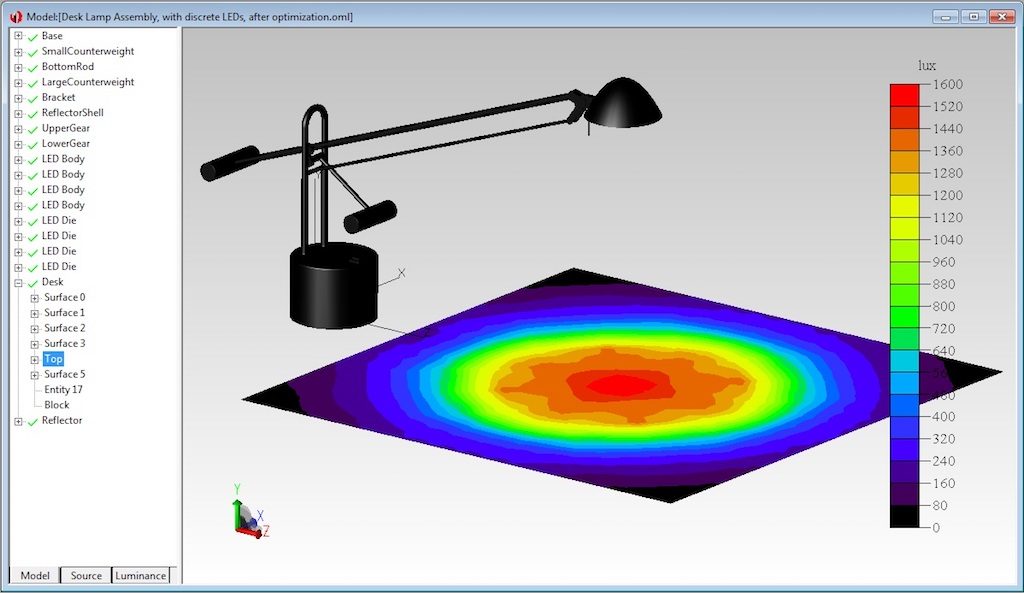
There are problems out there that wouldn’t seem like a big deal to the average person. Take this problem for instance. If you took a photo of a flower and the Sun is out of view but the light is hitting the flower, how do you know how much of that light is affecting the photo and perhaps even making the photo look unrealistic? Well, a guy named Edward Freniere founded a company called Lambda Research Corporation in 1992 and developed software that would simulate light.
NASA needed a way to solve this problem and teamed up with Lambda Research Corporation to help figure this out. However, as a result of solving this problem, it turns out that there were numerous applications. The product became known as TracePro.
TracePro helped NASA when they were in the design phase of building the Terra satellite. The engineers wanted to understand how much stray light would enter the system as Terra would be taking photos of Earth. Those photos would also be data to help scientists determine how Earth has been changing. That means the signal-to-noise ratio is imperative to determine how accurate the data is.
Here are some other applications TracePro has been used:
- Designing desk lamps in how much light spreads out
- Designing LED’s
- Transportation signs and emergency lighting
- NASA’s flagship space telescope James Webb Space Telescope
- NASA Mars Rover
- Automotive instruments and dashboards
- Smartphone displays
- HDTV’s
- Tablets
- Digital Signage
- Biosensors
The list literally goes on and on. I personally did not realize how many applications that I see and use every day have been affected by TracePro.
